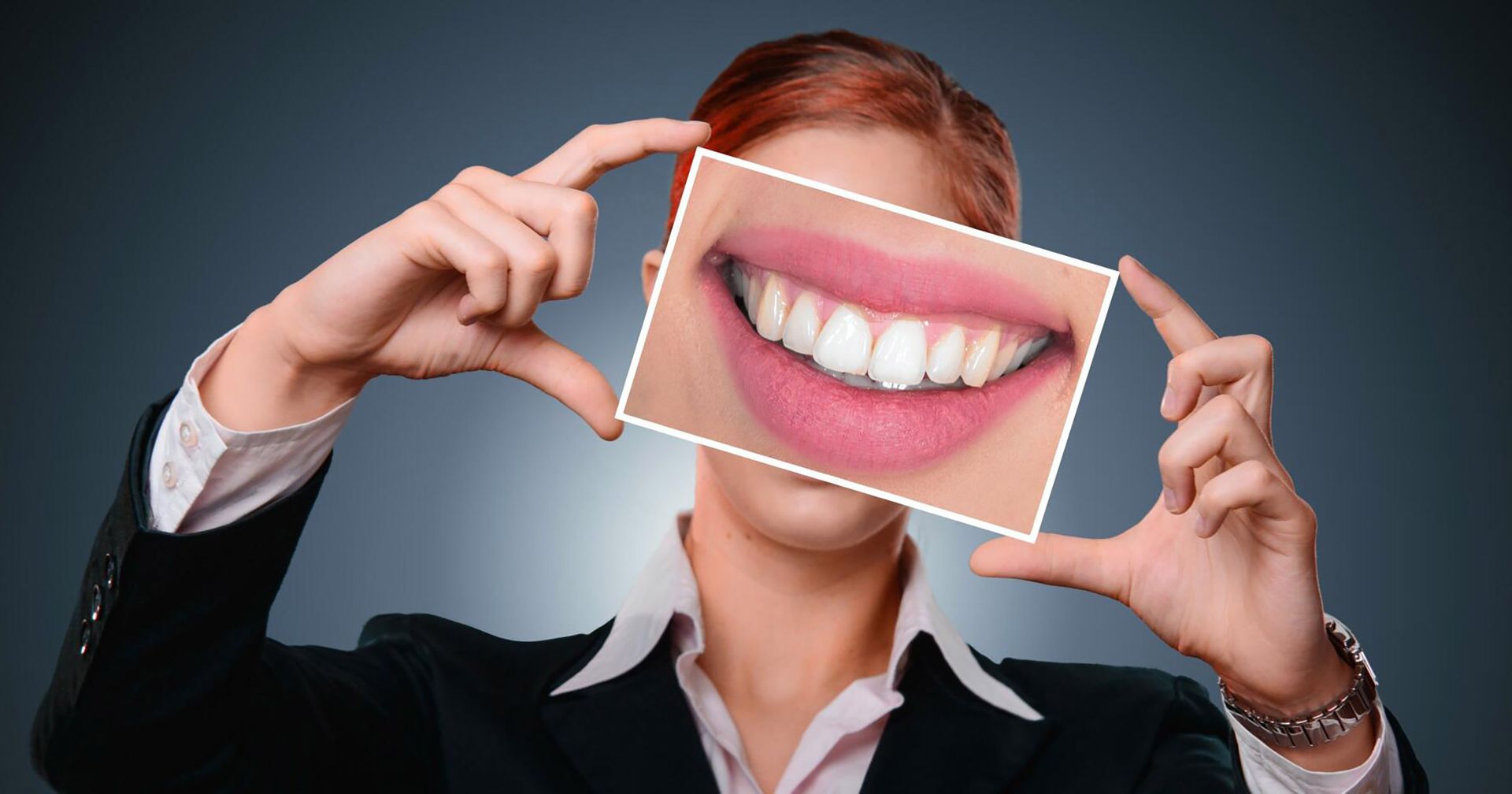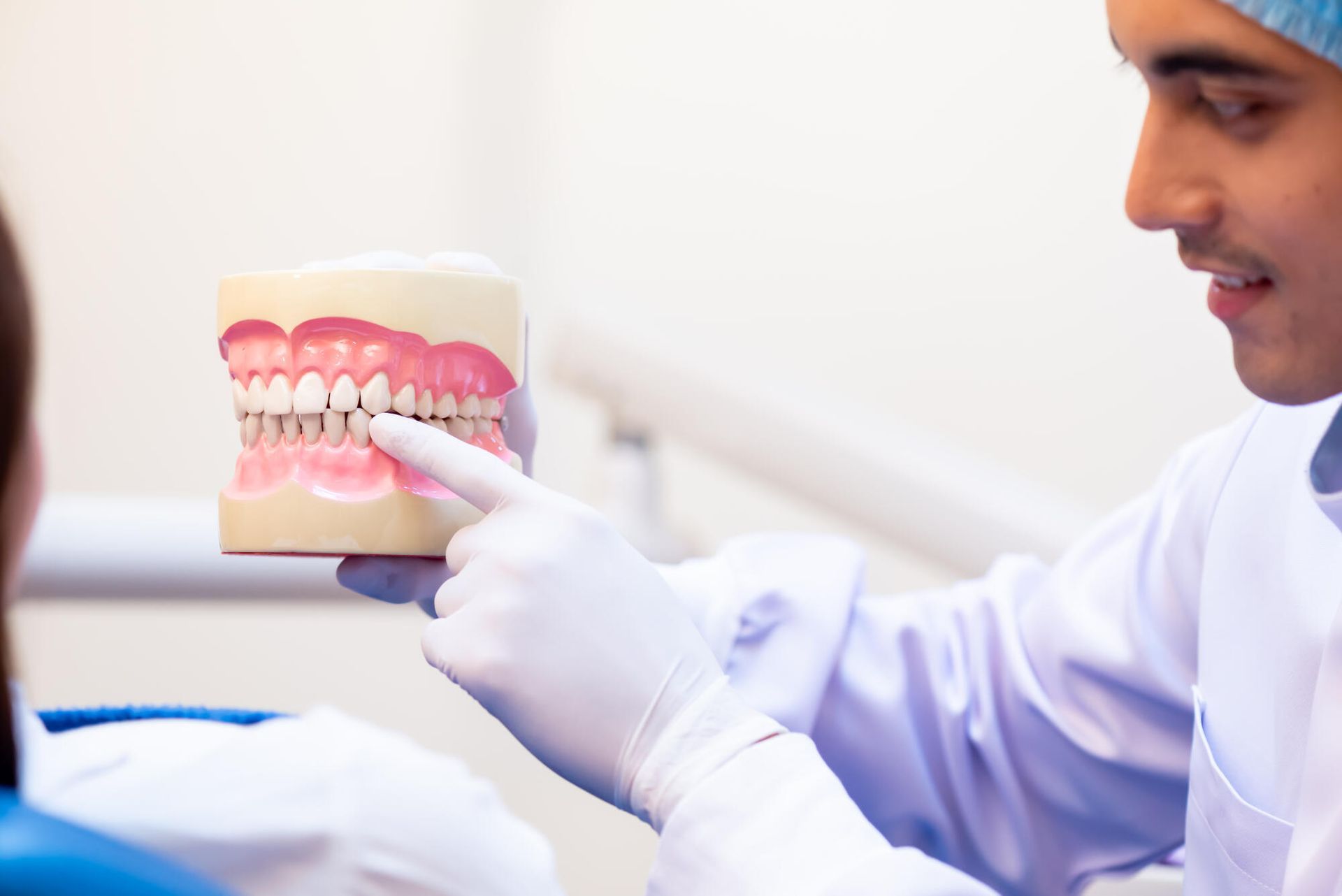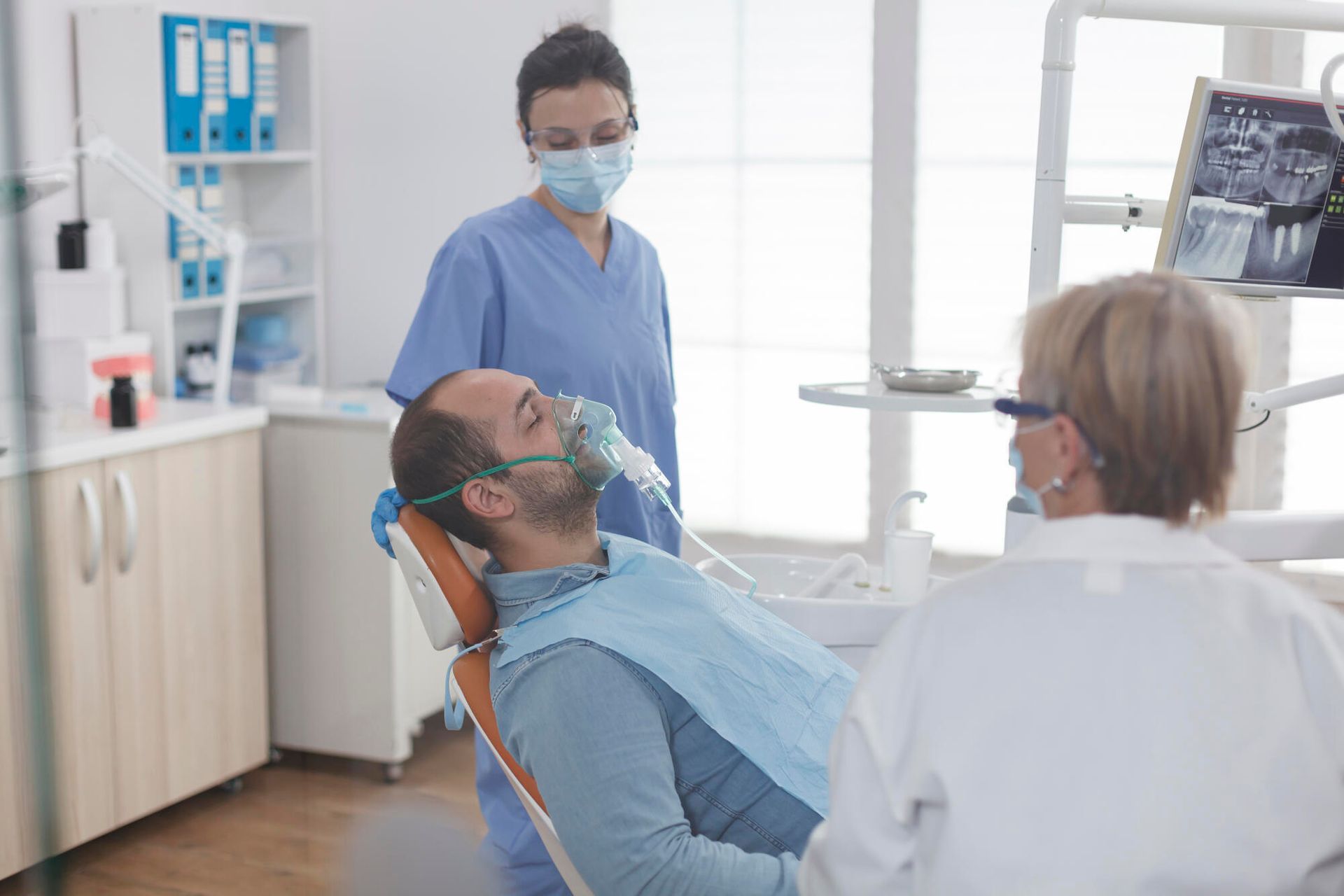Post-operative Care After Oral Surgery: Ensuring Smooth Recovery
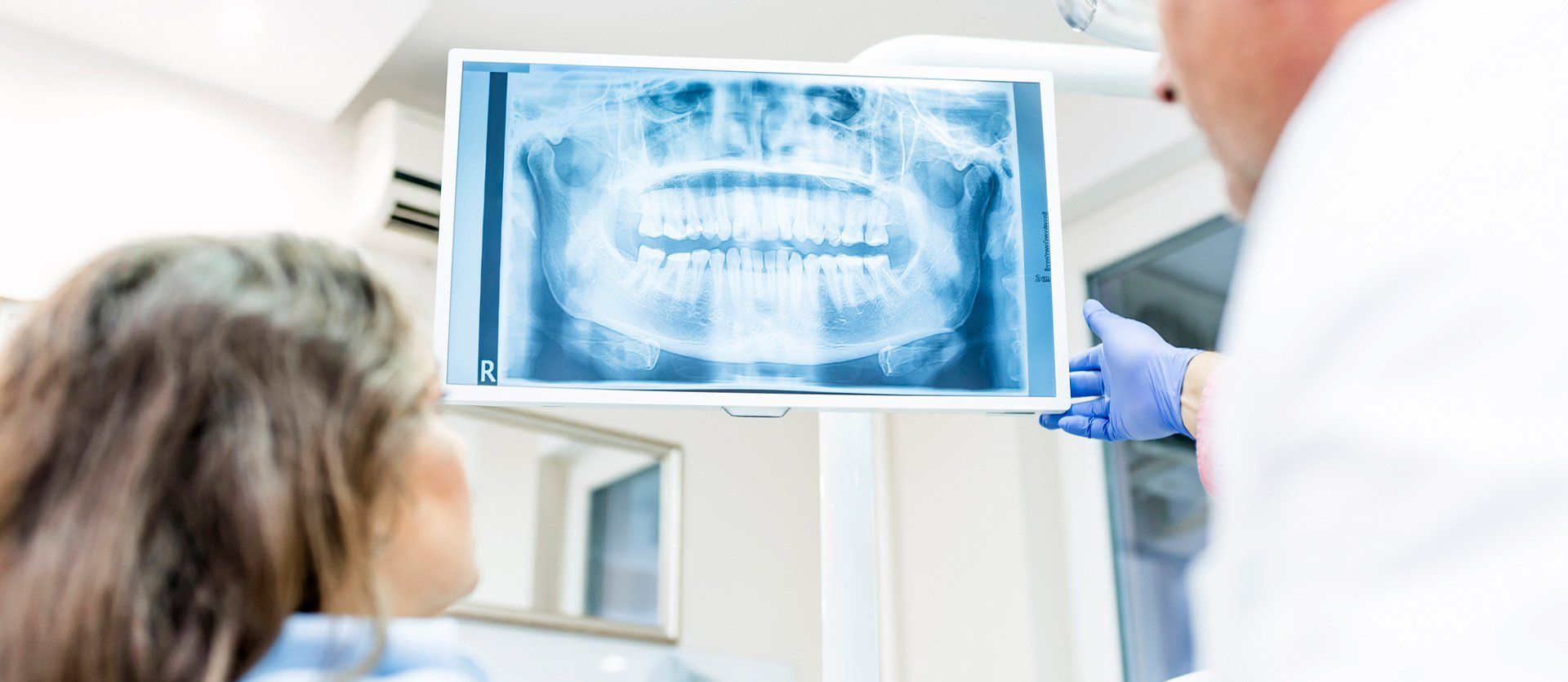
Proper post-operative care is essential for a smooth recovery after oral surgery. Many patients experience discomfort, making it necessary to choose the right foods. At Dental Arts of Locust Grove, we understand the challenges of recovery.
In this blog post, we'll share essential tips on managing your post-operative care. We'll cover pain management, oral hygiene practices, and what soft foods to eat after oral surgery.
By adhering to these oral surgery recovery tips, you can significantly expedite your recovery and steer clear of potential complications. Let's delve into how to make your recovery as comfortable as possible, ensuring you reap the benefits of these strategies.
What Is Oral Surgery?
Before undergoing oral surgery, it's essential to understand the procedure you will be having clearly. Common surgeries include:
- Wisdom tooth extractions
- Dental implants
- Gum surgery
- Root canals
Each procedure has specific goals and recovery needs, so knowing what to expect can help ease your anxiety.
For instance, wisdom tooth extraction is often performed to prevent future dental issues. Following this procedure, patients might encounter swelling and some discomfort.
Dental implants, on the other hand, involve placing a titanium post into the jawbone to support a crown. This can lead to a longer recovery time, but the results are often worth it.
Discussing your procedure with your dentist at Dental Arts of Locust Grove is crucial. We can provide detailed information about what will happen and answer any questions. This knowledge will prepare you for the surgery and the recovery process ahead.
Immediate Post-Operative Instructions
After your oral surgery, adhering to the post-operative instructions is not just important, it's a crucial part of your recovery journey.
Your dentist at Dental Arts of Locust Grove will provide you with specific care guidelines immediately after the procedure. It's your responsibility to pay close attention to these instructions, as they will guide you through a smooth recovery.
Initially, you should focus on resting and avoid strenuous activities for at least 24 hours. Applying ice packs to the outside of your cheek can help reduce swelling and numb the area, relieving discomfort. It is vital to take any prescribed medications as directed to manage pain and prevent infection.
You may be advised to keep your head elevated while resting. This position can help minimize swelling. These immediate post-operative instructions will set the stage for a successful recovery and help you avoid complications.
Remember, don't hesitate to contact our team if you have any questions or concerns.
Managing Pain and Discomfort
Experiencing some pain and discomfort after oral surgery is normal, but effective management can make your recovery much more accessible. Here at Dental Arts of Locust Grove, we emphasize the importance of following your dentist's recommendations for pain relief.
You may be prescribed pain medication, or your dentist might suggest over-the-counter options. Taking these medications as directed can help control your pain levels. To stay ahead of the discomfort, it's best to take your medication before the numbness wears off.
In addition to medication, applying ice packs to the affected area can provide relief. Ice for 15 to 20 minutes at a time during the first 24 hours to help reduce swelling and numb the pain.
Remember to alternate between ice and rest to ensure you stay comfortable. By managing your pain effectively, you can focus on healing and returning to your daily routine.
Soft Foods to Eat After Oral Surgery
Choosing the right foods after oral surgery is vital for a smooth recovery. Eating soft foods can help minimize discomfort while providing the nutrients your body needs to heal.
We recommend starting with liquids and gradually introducing soft foods as you feel comfortable. In the initial days, focus on items like:
- Smoothies
- Yogurt
- Broth
These options are easy to consume and gentle on your healing gums. Add mashed potatoes, applesauce, and scrambled eggs to your diet as you progress. Avoid hard, crunchy, or spicy foods, as these can irritate the surgical site and delay healing.
Staying hydrated is also crucial, so drink plenty of water, but avoid using straws, as the suction can disrupt blood clots and lead to complications.
Post-Surgery Oral Hygiene Tips
It's important to say that when recovering from oral surgery, maintaining proper oral hygiene is essential for preventing infection and promoting healing. However, it's important to be gentle during this time.
For the first 24 hours, avoid brushing the surgical site and focus on brushing your other teeth carefully.
After this initial period, you can start brushing again but do so lightly around the surgery area. Gargling with warm salt water can help maintain cleanliness in the area. Try to do this multiple times a day, particularly after meals.
Following these oral hygiene tips will support your recovery and help you avoid complications as you heal.
Recognizing Complications
Finally, being aware of potential complications when recovering from oral surgery is essential.
Although some discomfort is expected, specific signs could suggest a complication. For example, if you experience excessive bleeding that doesn't subside after applying pressure for 30 minutes, you should contact our team immediately.
Swelling is also joint, but if it worsens after the first couple of days or if you notice significant pain not relieved by medication, it could signal an infection. Other warning signs include fever, pus or unusual discharge from the surgical site, and difficulty swallowing or breathing.
If you observe any of these symptoms, please contact our team. Early intervention can significantly improve your recovery and help prevent more severe issues.
Effective Healing After Oral Surgery
In conclusion, remember that proper post-operative care is crucial for a smooth recovery after oral surgery. Choosing the right foods, such as soft foods to eat after oral surgery, can significantly aid in your healing process.
At Dental Arts of Locust Grove, we support you every step of the way. Don't hesitate to reach out if you have any questions about your recovery or need personalized advice.
Our team is ready to assist you in ensuring a comfortable and successful healing process. Contact us today to learn more about how we can help you.
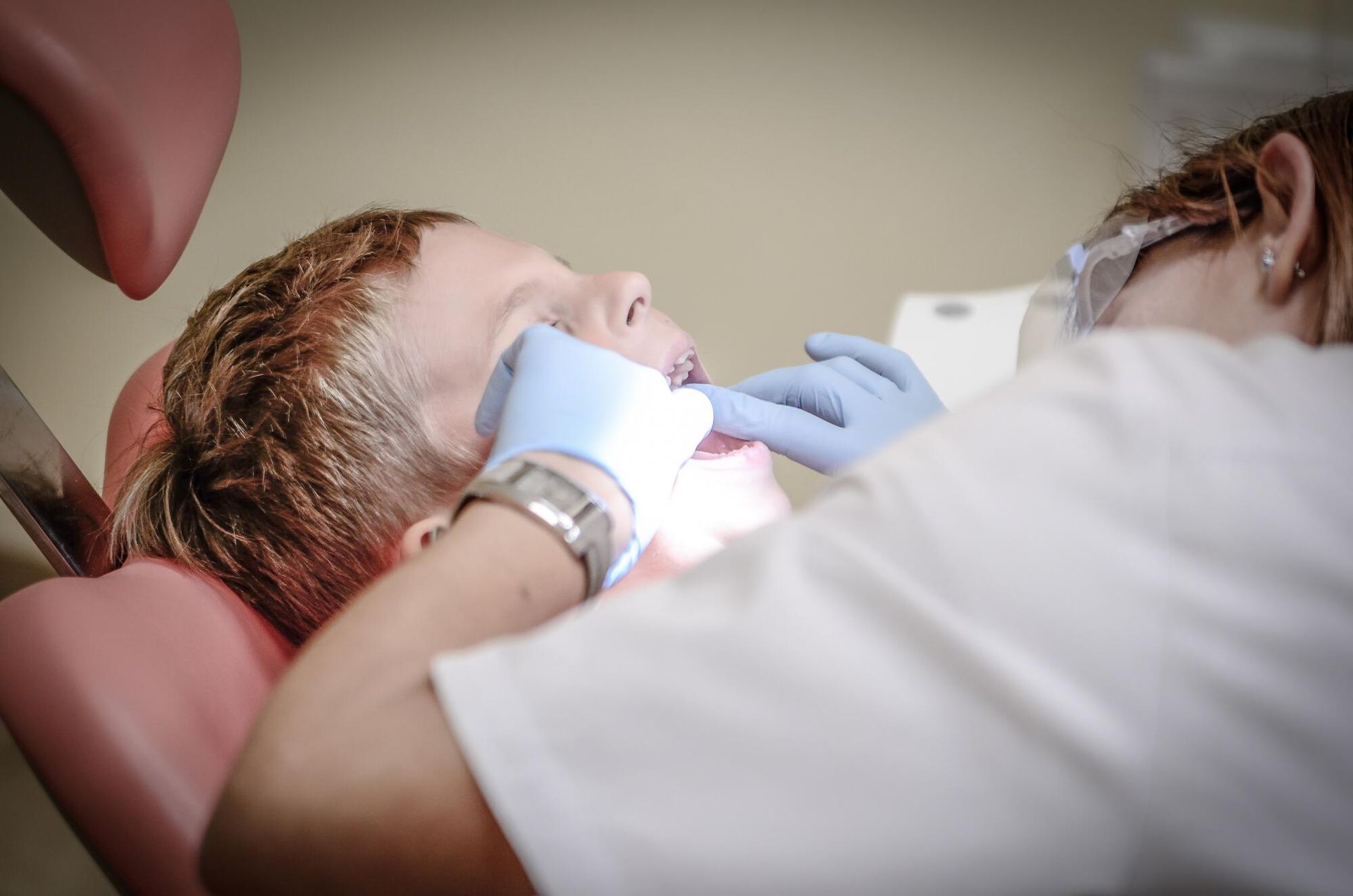
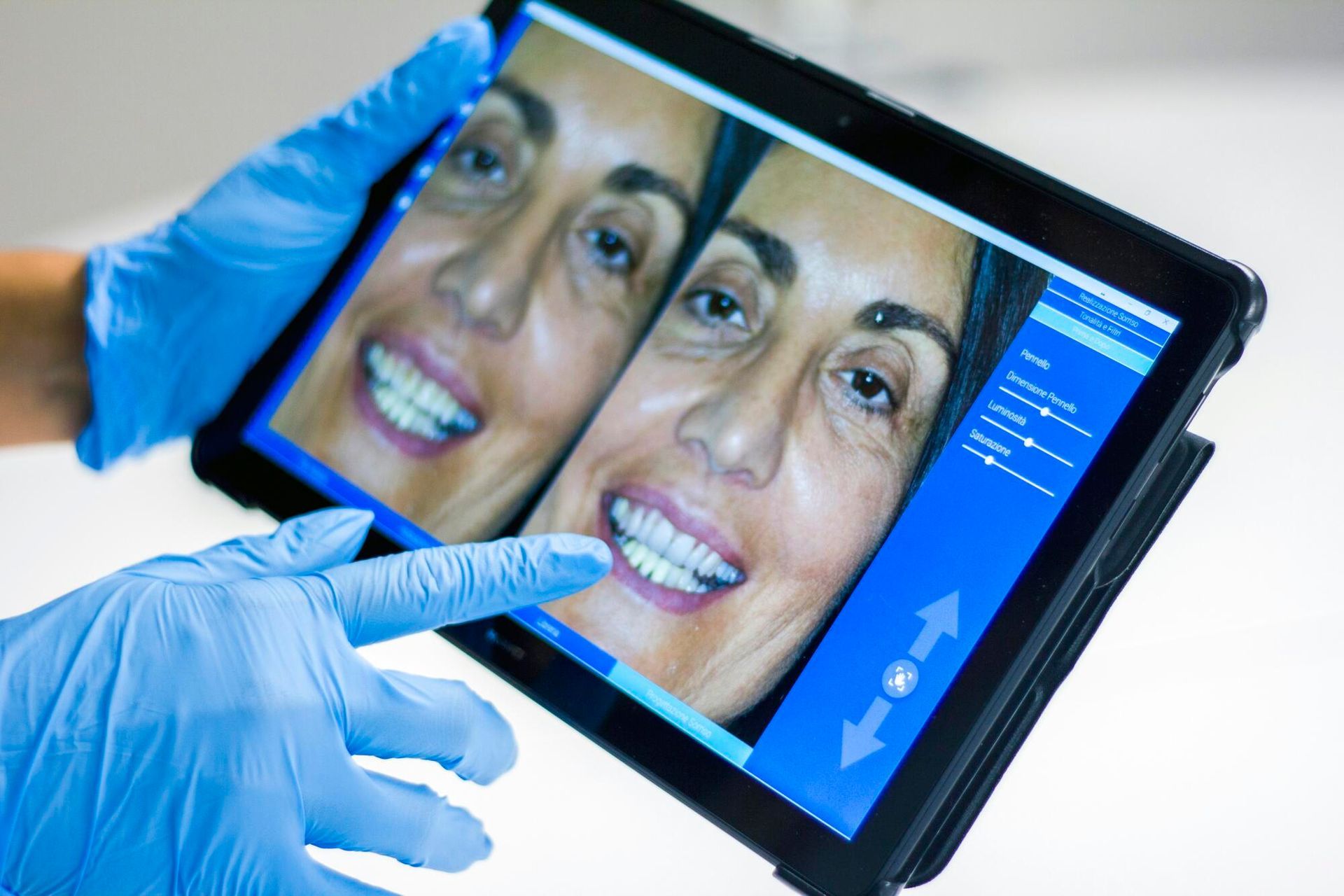
Catoosa Location
Locust Grove Location
Bixby Location
Tulsa Location
Nowata Location
This website and its marketing content are provided exclusively for use by clients of Dental Arts Management, LLC under the terms and conditions of the management services agreement.
All Rights Reserved | Dental Arts
Website Designed & Maintained by Xpress Promotion
918-937-7587
918-276-7318
918-205-7217
918-303-5048
918-393-4083

